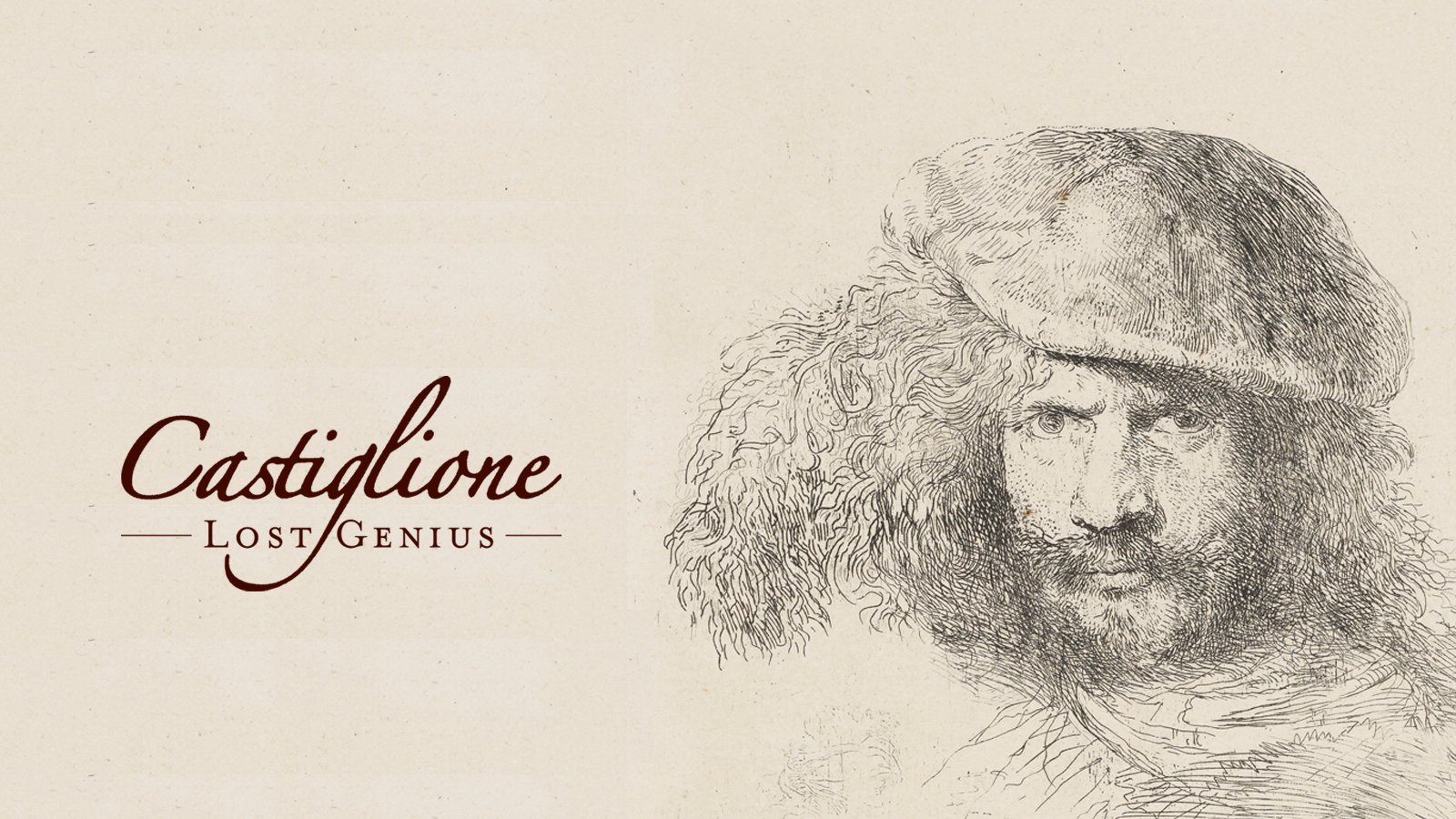
Lithography
The word 'lithography' is derived from the Greek, 'lithos' meaning 'stone' and 'graphein' referring to writing.
Invented in 1798 by Alois Senefelder, a German actor and playwright, it quickly became established as the main commercial printing process for book illustrations, advertising and so on.
The technique relies on the fact that oil and water do not mix:
- The artist draws on the smooth surface of a permeable block of stone with a greasy substance, usually a soft waxy crayon known as a ‘litho crayon’.
- The stone is moistened with water. The parts of the stone not protected by the greasy substance soak up the water.
- Oil-based ink is rolled onto the stone. The greasy parts of the stone pick up the ink, while the wet parts do not.
- A piece of paper is pressed against the stone, and the ink transfers from the stone to the paper.
The popularity of lithography with artists came about because it was the first printmaking medium to allow the artist to 'paint' or 'draw' naturally on the stone.
In the nineteenth century artists such as Honoré Daumier, Henri de Toulouse-Lautrec and Odilon Redon used lithography extensively. Even with the advent of photography, lithography remains a valued printmaking technique because of the direct control that the process allows.







